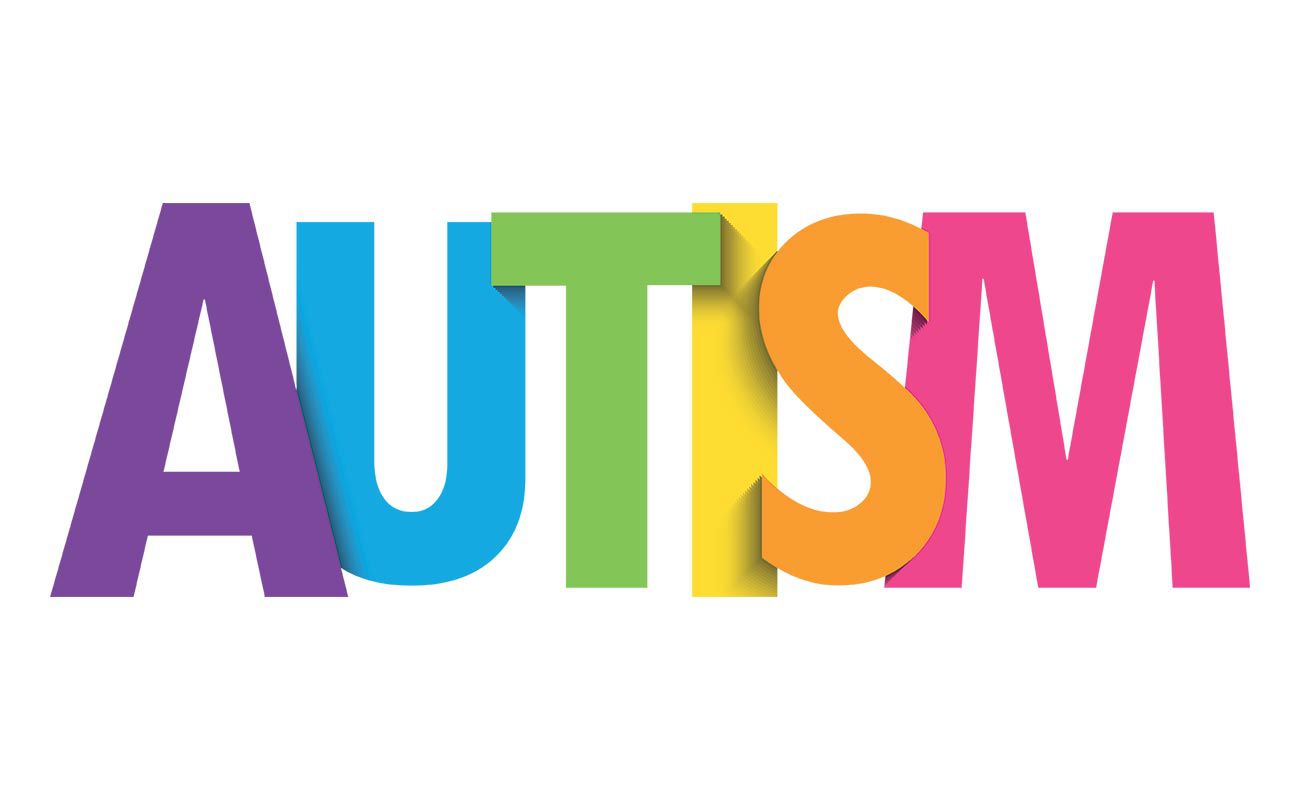
By J. N. Halm
A conversation. The informal exchange of ideas by spoken words. Says the Oxford Dictionary.
A conversation. The real art of connection. So says American journalist Carolyn Myss.
A conversation. The oxygen of progress. That’s according to American author Susan Scott.
The world we live in is built on conversations. Imagine what it would have been like without people exchanging vital information. One area where conversations are of utmost importance is in business.
Regarding customer service, conversations between service providers and customers are more than just information exchanges. Verbal exchanges are the very essence of service delivery. They are the channels through which value is created, relationships are built, and transformations occur.
For decades, service marketing literature has recognised two primary approaches to service conversation: the advisory approach and the relational approach. However, a recent study published in the Journal of Services Marketing suggests that there is a third approach—one that has the potential to revolutionise how we think about service conversations.
The study, titled “Service Conversation: Advisory, Relational and Transformative Approaches,” published in the January 2021 edition of the Journal of Services Marketing, introduces what the authors call a Transformative Approach to service conversation.
This approach goes beyond giving expert advice or building commercial friendships. It focuses on helping customers cultivate their own agency, potential, and well-being.
The implications of this third approach are profound, not just for mental health services, which was the context of the study, but for all service providers who engage in dyadic (one-on-one) interactions with customers.
To understand the significance of this third approach, it is important to first understand the two traditional approaches to service conversation.
The Advisory Approach is centred on the service provider giving customers expert advice on how to advance difficult projects. Think of a financial advisor guiding a client through investment options or a doctor prescribing treatment for a patient.
The business professional, in this case, will rely on his or her experience to prescribe solutions to the customer’s issues or problems.
In this approach, the service provider is positioned as the expert, and the conversation is primarily focused on solving a specific problem or achieving a particular goal.
The Relational Approach, on the other hand, involves service providers exchanging social support with customers to develop commercial friendships.
This approach is common in services like hair styling, personal training, or long-term care, where the relationship between the provider and customer is an important part of the service experience.
The conversation in this approach is less about solving specific problems and more about building rapport, understanding the customer’s preferences, and creating a comfortable and supportive environment.
It is instructive to note that a vast majority of the conversations that take place daily between customer service professionals and their customers are of the relational kind. Frontline employees understand that building rapport with a customer is much more than just a courteous thing to do.
It is a full strategy. A couple of decades ago, many organisations started setting up customer relationship departments because they appreciated the importance of commencing and maintaining great relationships with their customers. Over the years, the Relational Approach to customer conversations has therefore become a norm.
Interestingly, while both the Advisory and Relational approaches have their place and value in service delivery, they do not fully capture the potential of service conversations to facilitate personal growth and transformation.
This is where the Transformative Approach comes in. According to the study, this approach involves two complementary conversational practices: seeding microtransformations and nurturing microtransformations.
Seeding Microtransformations involves asking questions that inspire new ways of thinking, feeling, and acting. Rather than providing direct advice or solutions, the service provider asks thought-provoking questions that help the customer see their situation from a different perspective.
These questions are designed to plant seeds of change, challenge assumptions, and open up new possibilities that the customer might not have considered. Simply put, it is about getting customers to think differently about a situation.
Nurturing Microtransformations involves non-evaluative listening to affirm customers’ explorations of new possibilities. This practice is about creating a safe space for customers to explore and articulate their own insights and ideas.
The service provider listens actively and attentively, without judgment or evaluation, allowing customers to develop and express their thoughts and feelings. Like a therapist at work, the service professional is able to get customers to open up about what is going on in their minds.
Together, these practices create a conversational dynamic that enhances the customer’s sense of psychological freedom. This feeling of freedom, in turn, enables a process of self-transformation, where the customer can explore, experiment with, and eventually adopt new ways of thinking, feeling, and acting.
The transformation happens not because the service provider tells the customer what to do or how to be but because the conversation creates conditions where the customer can discover and choose her personal path forward. All the service provider does is to get the customer going in the right direction and then get out of the customer’s way.
What makes this approach particularly powerful is that it recognises and respects the customer’s autonomy and agency.
Unlike the advisory approach, which positions the service provider as the expert with the answers, the transformative approach positions the customer as the expert of their own experience, with the capacity to find their individual solutions and directions.
The truth is that it is he who feels it who really knows it. And unlike the relational approach, which focuses on building a personal connection, the transformative approach focuses on facilitating the customer’s personal growth and development.
The study’s findings have significant implications for service providers across a range of industries.
While the research was conducted in the context of mental health services, the transformative approach to service conversation can be applied in any dyadic service setting where there is a developmental goal.
This could include education, coaching, consulting, or even certain types of retail services where the aim is to help customers develop skills or capabilities.
Personal trainers and coaches will tell you that nothing beats igniting the passion in a customer and getting the person on the right path. In other words, the Transformative Approach gets the customer self-motivated, and this is what eventually leads to the transformation.
For service providers looking to incorporate a transformative approach into their conversations, the study offers valuable insights.
It suggests that service conversations do not have to be exclusively advisory, relational, or transformative. Instead, effective service providers can flexibly move between these approaches based on the context, the customer’s needs, and the goals of the service encounter.
Sometimes, a customer needs direct advice; other times, they need emotional support; and sometimes, they need space to discover and articulate their own insights and decisions. Great customer service professionals are those who can seamlessly manoeuvre their way through these three approaches.
Professionals know when to push a customer along a path, when to engage the customer and when to take a step back to allow the customer to go along the chosen path.
The study also highlights the importance of airtime allocation in service conversations. In the advisory approach, the service provider typically does most of the talking.
In the relational approach, the talking is more evenly distributed. In the transformative approach, it’s the customer who does most of the talking, with the service provider mainly asking questions and listening.
Understanding and intentionally managing this distribution of airtime can help service providers create more effective and appropriate conversations.
From the ongoing discussion, it is clear that service conversation is a complex and multifaceted aspect of service delivery.
It is not just about exchanging information or building relationships; it is also about creating conditions where customers can experience personal growth and transformation.
By recognising and intentionally using different approaches to service conversation, service providers can create more powerful, more meaningful, and more impactful service experiences for their customers.

The post Service conversations: Getting the chat right appeared first on The Business & Financial Times.
Read Full Story















Facebook
Twitter
Pinterest
Instagram
Google+
YouTube
LinkedIn
RSS